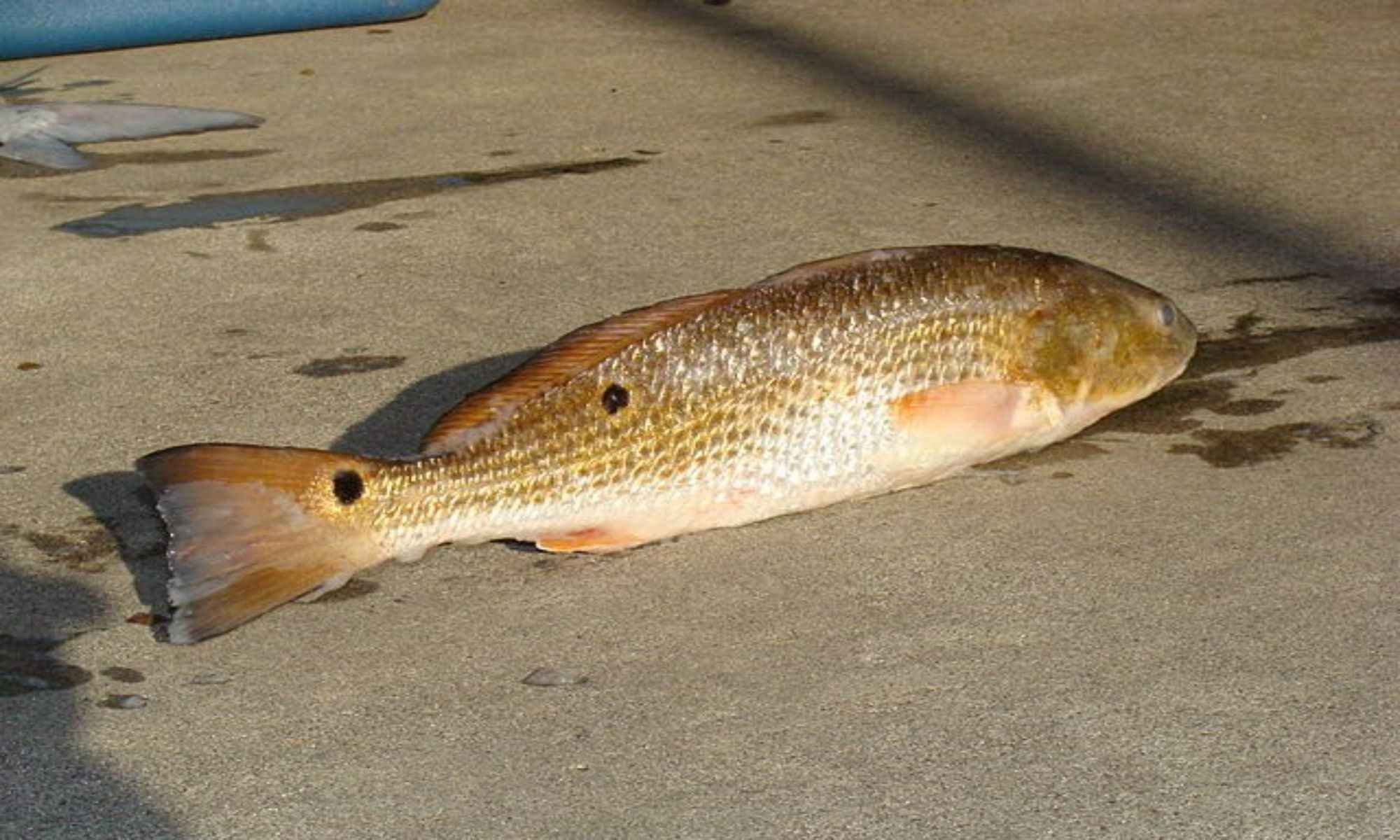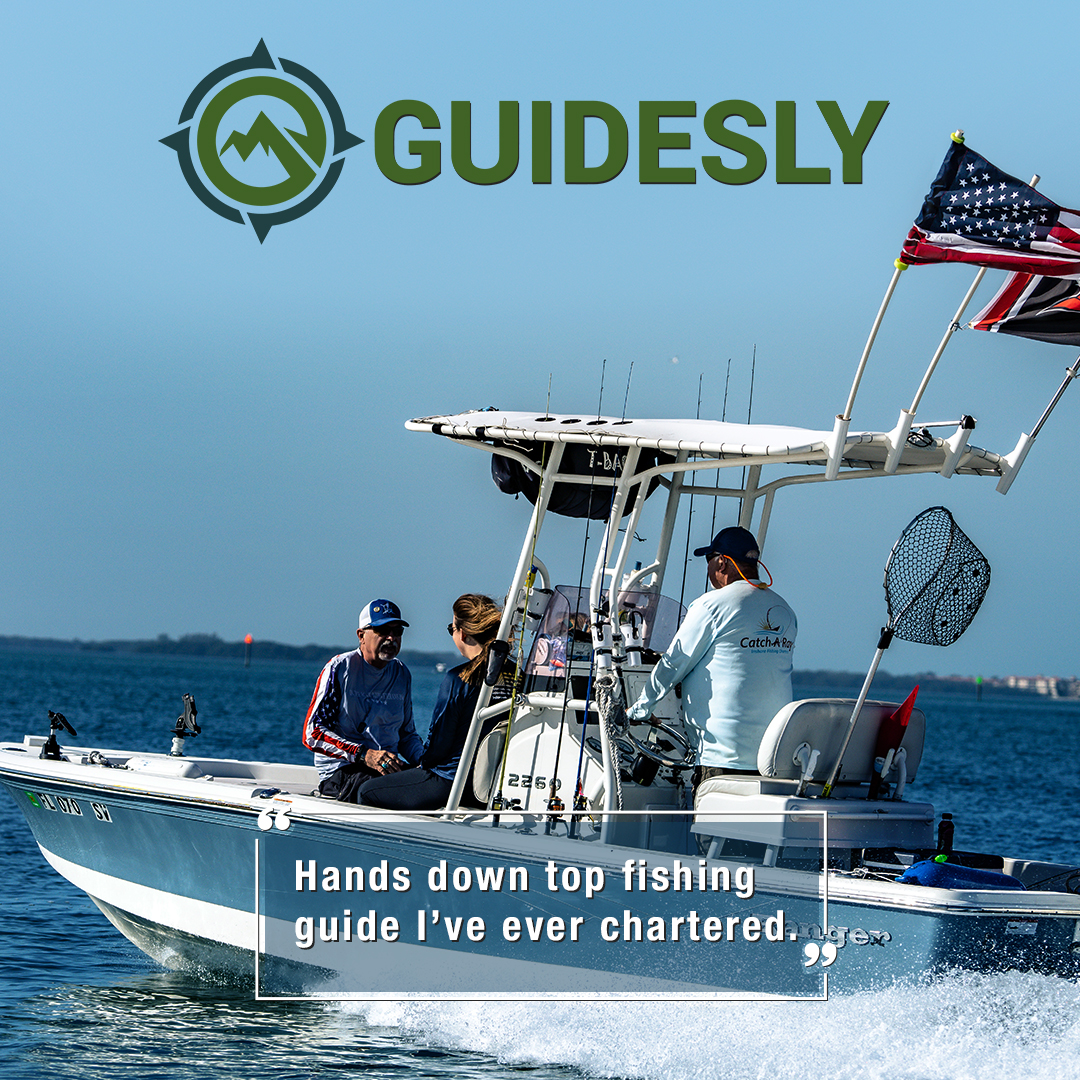Redfish Fishing: Tips to Catch Them Successfully
Learn the best tips and tricks to successfully catch redfish with this comprehensive guide. Get ready to land your next big catch with our expert advice!

There are many ways to call a redfish: red drum, channel bass, spottail bass, puppy drum, or plainly red. Often, having many alternative names suggests the popularity of a certain person or thing. In the reds’ case, this is true. Redfish are widely sought after, especially in the southeast surf and along the Gulf of Mexico. They are popular inshore game fish, making anglers go all over Texas, Florida, and Massachusetts for a memorable redfish action. Since redfish give year-round fishing opportunities, many anglers commit to allotting time and effort to redfish fishing at any given time of the year.
Redfish are dark red in color, hence their name. This red color in their backs extends down their sides and fades to pale white on their belly. As juveniles, they are pink to light red in color. A redfish has a spot near its tail, hence the moniker spottail bass. This spot helps their predators focus on the end part of their body, allowing them to quickly escape. The reds have hard mouths and grinders despite their lack of sharp teeth. They feed on small fish, crustaceans, and mollusks.
Redfish are notable for the tough fights they give when they get hooked. They refuse to give up, which usually ends in a lengthy tug of war. This specific characteristic makes them highly prized in the sport fishing scene. As a bonus, reds are also excellent table fare. Anglers feel fulfilled when they get to turn a redfish bite into an actual catch. Redfish fishing is difficult, especially for beginner anglers, so here are some pointers to help you catch them.

Where to Catch Redfish

Redfish are common throughout the coasts of the Gulf and in the Atlantic shores, ranging from Maryland to Florida. When you find a red drum, you'll find a slew of them. This is because they gather as they feed, exhibiting herd-like characteristics. Redfish do not care much about the surroundings and environment, as long as there is an abundance of food. They like to be in surf waters or shallow, quiet waters. Their primary purpose is to find food, digging the bottom to feed on baitfish, crabs, crayfish, or shrimp. Anglers like the thrill of looking for redfish and battling the waves to catch the reds. When looking for redfish, take note that they are not scared of turbulent waters. They are present even in heavy waves, riptides, or strong currents. Reds go for structures, especially where their prey may take cover. These are natural and man-made structures where redfish can be found: jetties, underwater rock formations and pilings, corrals, docks, bridges, piers, oyster beds, and mangroves. Lastly, redfish prefer shallow waters to look for food. They sometimes go so shallow that their backs are exposed on top of the water’s surface. Here are some parts where they usually hang around: Surfline, deep holes in the shore, cuts in sandbars, shallow to deep water sloughs, inlets, channels, and waterways.
Top 10 Redfish Fishing Spots
- Louisiana – Known as the Redfish Capital of the World, Louisiana’s marshes and estuaries offer some of the best redfishing in the country.
- Florida – The Sunshine State has many productive redfish spots, including Mosquito Lagoon, Indian River, and Tampa Bay.
- Texas – The warm waters of Texas’ Gulf Coast make for excellent redfishing. Areas like Galveston Bay and Matagorda Bay are popular destinations.
- South Carolina – Charleston Harbor and Bulls Bay are prime redfishing locations in South Carolina.
- North Carolina – The Outer Banks, Pamlico Sound, and Cape Fear River are all great spots for redfish in North Carolina.
- Georgia – The coastal waters of Georgia offer plenty of redfish opportunities, with St. Simons Island and Tybee Island being popular spots.
- Alabama – The Mobile Bay estuary and the Gulf Shores area are excellent destinations for redfishing in Alabama.
- Mississippi – The Biloxi Marsh and Barrier Islands are among Mississippi’s best redfishing locations.
- Virginia – The Chesapeake Bay and its tributaries offer some of Virginia’s best redfishing.
- Maryland – The Chesapeake Bay and its many tributaries also provide excellent redfish opportunities in Maryland.
How to Pick Bait for Redfish
Reds feed on smaller baitfish, shrimps, clams, worms, crayfish, and crabs. Although they are predominantly bottom feeders, they can also be aggressive predators. This is why live and natural bait is the best pick when redfish fishing, even though artificial baits also do the trick. Do not forget to check on your bait often as many factors can cause the removal of the bait from the hook, such as heavy current.
The best natural live bait for reds include shrimp, minnow, mullet, crabs, crayfish, pigfish, grunts, ladyfish, pilchards, pogies, croakers, pinfish, and ballyhoo.
These are the most efficient lures for red drum, especially when jigging: spoons, soft-plastics, artificial jigs, swimbaits, plugs. It is helpful to use bright and neon-colored ones or even glow-in-the-dark when fishing in deep sloughs or during sundown.
Bait for all season:
- Spring - Since baitfish are migratory, note when you can find certain types of species. Mullet, pogies, pilchards, shellfish, and crabs are the best available bait in spring. , greenies or pogies.
- Summer - Baitfish are always ready for the summer. This time is when redfish will move into rivers, bays, and creeks as water is warmed. Use live shrimps, crayfish, or small crabs for productive freshwater fishing. For inlets and waterways, pogies are the best choice.
- Fall - Redfish start to spawn during fall when they are most amorous. Small live blue crab is a great choice for fall redfish fishing. Exposing the innards of the crab by removing the shell and cutting the legs off helps attract redfish to its scent.
- Winter - This might prove to be the most challenging season for redfish fishing, depending on the area. Redfish can be found in deep holes of creeks when the water is cold and will move to mudflats as the sun goes up. Using live small crabs and shrimps is efficient for winter redfish fishing.
Which Fishing Technique to Use?
Because redfish love shallow water, surf casting is prevalent when catching reds. Working the tides from a boat is another excellent technique with live bait, cut bait, or an artificial lure. Redfish Fly fishing is another popular technique. Fly fishing the flood tide flats is near legendary at this point. This technique is one of the most challenging to anglers but equally rewarding. Sight fishing for the Reds is a thrilling challenge for anglers, regardless of technique.
Fly Fishing for Redfish
Fly fishing for redfish is a thrilling experience for anglers looking for a challenge. Redfish are found in inshore waters and weigh up to 50 pounds. These powerful larger fish require skill and patience to catch on a fly rod.

The best time to fly fish for redfish is during the fall when they gather in schools along the coastlines. A 9 or 10 weight fly rod with fast action is recommended to handle the size of these fish. A floating line paired with a leader that tapers down to at least 16 pounds will help you cast larger flies and provide enough strength to reel in such strong fish.
When choosing flies, consider using patterns that mimic crabs, shrimp or baitfish as those are some of their favorite prey items.
What Setup to Use for Redfish
It is essential to note that the gear to use and the fishing area must always match the type of bait or lure. One of the most common rigs for shoreline surf fishing for redfish is the fish finder rig. It is mainly used to draw fish’s attention in challenging situations where there is little cover. It is simply a leader with a hook where a barrel swivel is connected to the mainline behind a weight slide. Because of the tough mouths of redfish, sharp hooks are needed for a solid piercing. Check your hook often, as saltwater speeds up the process of making it blunt. Retie the rig after a catch to ensure that it is always in optimal condition for every redfish. Changing hooks after redfish fishing helps maintain the rig’s quality.
What is the best month to catch redfish?
While redfish can be caught year-round in many locations, there are certain times of the year when they are more active and abundant. Several factors influence such as location, weather conditions, water temperature, and feeding patterns. Generally speaking, the best months for redfish fishing are from September through November in most areas along the Gulf Coast and Atlantic coastlines. During these months, water temperatures begin to cool down from their summer highs which stimulates feeding activity among redfish schools.
Additionally, these months coincide with prime spawning season for many species of baitfish that redfish feed on, such as mullet and shrimp.
A Monthly Calendar of Redfish Fishing.
- January - Redfish are generally found in deep waters during winter, making them more challenging to catch.
- February - Fishing for redfish in February can be challenging due to the colder water temperatures, but they can still be found in deeper waters.
- March - Redfish fishing begins to pick up in March as the water temperatures warm up. Look for them in shallow waters near grass beds or oyster bars.
- April - Redfish fishing continues to improve in April, with more fish moving into shallow waters. Live bait or soft plastic lures can be effective.
- May - This is often considered one of the best months for redfish fishing, with plenty of fish in shallow waters. Topwater lures or live bait can be effective.
June - As temperatures rise, redfish tend to move into deeper waters, making them more difficult to catch. Early morning or late evening is often the best time to target them. - July - Redfish fishing can be challenging in July, but they can still be found in deeper waters. Look for them near drop-offs or structures.
- August - Fishing for redfish in August can be hit or miss due to the hot weather, but they may be found in deeper waters or around structures.
- September - This is typically the beginning of the fall migration for redfish, making them more active and easier to catch. Look for them in shallow waters near shorelines.
- October - October is a great month for redfish fishing, with plenty of fish moving into shallow waters to feed before winter. Topwater lures or live bait can be effective.
- November - Redfish fishing continues to be good in November, with plenty of fish in shallow waters. They may be more active in the early morning or late evening.
- December - Redfish can be more difficult to catch in December, as they tend to move into deeper waters during winter. Live bait or jigging can be effective.



